Researchers based at Newcastle University from the EPSRC National Centre for Energy Systems Integration (CESI) and the Supergen Energy Networks Hub (SEN), Dr Seyed Hamid Reza Hosseini and Dr Adib Allahham, along with the Coal Authority, Dr Charlotte Adams, will soon publish their journal paper in IET Smart Grid.
About the author: Dr Adib Allahham

Dr Adib Allahham is a Research Associate within the Power Systems Research Team, School of Engineering, Newcastle University and currently works on several projects including the EPSRC National Centre for Energy Systems Integration (CESI) and the Supergen Energy Networks Hub (SEN). Adib received his PhD from the University of Joseph Fourier in the field of control engineering. His research involves projects around the electricity distribution and off-grid power sector and multi-vector energy systems. These projects are addressing the need to cost-efficiently decarbonise the energy sector over the next thirty years by facilitating innovative network integration of new generation, and the integration of different energy vectors (electricity, gas, and heat). Computer simulation, laboratory investigation and demonstration projects are used together to produce new knowledge that delivers this requirement. He has published more than 25 technical papers in leading journals and conferences.
Contact details:
adib.allahham@ncl.ac.uk
@adiballahham
Profile details
About the paper
The UK Government has committed to a ‘Net Zero’ carbon economy by 2050 [1]. One major source of carbon emission is associated with heat demand from the domestic, commercial and industrial sectors.
Providing for heat demand accounts for around one third of UK carbon emissions [2]. In order to decarbonise the provision of heat, it is essential to increase the penetration of Low Carbon Energy Sources [1] in Smart Multi Energy Grids (SMEGs), i.e. integrated gas, electricity, and district heating and cooling networks [3,4]. This, consequently, has impact on the operation of SMEGs from the Techno-Economic-Environment (TEE) point of view [5,28].
Recent work on the geothermal potential of the UK’s flooded abandoned mining infrastructure has revealed a subsurface resource in place of 2.2 million GWh [11]. The impact of integrating this vast supply and storage potential on the operation and planning of SMEGs needs to be evaluated in terms of TEE aspects.
The paper identifies research gaps, including neglecting the electricity requirements of the components of the geothermal system that is required to boost the hot water quality and presents an evaluation framework for the Techno-Economic-Environmental (TEE) performance of Integrated Multi-Vector Energy Networks (IMVENs) including geothermal energy. Geothermal Energy Storage (GES), offers huge potential for both energy storage and supply and can play a critical role in decarbonising heat load of Smart Multi Energy Grids.
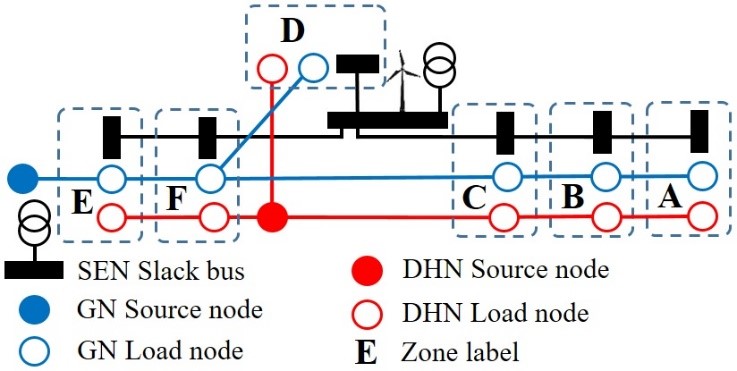
The two most common types of GES, i.e. High Temperature GES (HTGES) and Low Temperature GES (LTGES), were modelled and integrated within the framework which evaluates the impact of different low carbon energy sources including HTGES, LTGES, wind and PV on the amount of energy imported from upstream, operational costs and emissions of IMVENs to meet the heat load of a region.
Data from a real-world case study was used to compare the TEE performance of the considered IMVEN configurations for meeting the heat load. Data included wind and PV generation, as well as the heat and electricity load for a representative winter week of a small rural village in Scotland.
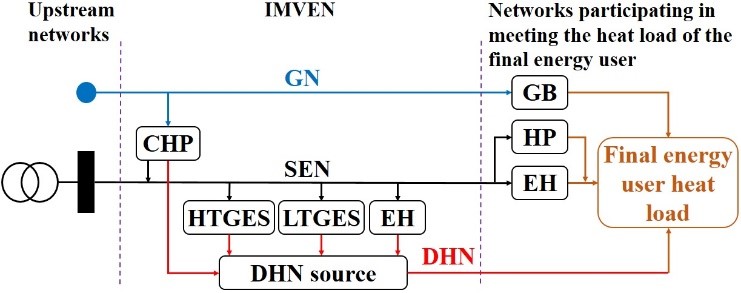
The results reveal that the most efficient, cost effective and least carbon intensive configurations for meeting the heat load of the case study are the configurations benefitting from HTGES, from a high penetration of heat pumps and from LTGES, respectively.
References
- [1] ‘Net Zero – The UK´s contribution to stopping global warming’, https://www.theccc.org.uk/wp-content/uploads/2019/05/Net-Zero-The-UKs-contribution-to-stopping-global-warming.pdf, accessed 20 December 2019
- [2] ‘Clean Growth – Transforming Heating: Overview of Current Evidence, https://assets.publishing.service.gov.uk/government/uploads/system/uploads/attachment_data/file/766109/decarbonising-heating.pdf, accessed 20 December 2019
- [3] Ceseña E.A.M., Mancarella P.: ‘Energy Systems Integration in Smart Districts: Robust Optimisation of Multi-Energy Flows in Integrated Electricity, Heat and Gas Networks’, IEEE Transactions on Smart Grid, 2019, 10, (1), pp. 1122-1131
- [4] Lund, H., Andersen, A.N., Østergaard, P.A., et al.: ‘From electricity smart grids to smart energy systems – A market operation based approach and understanding’, Energy, 42, (1), pp. 96-102
- [5] Hosseini, S.H.R., Allahham, A., Taylor, P.: ‘Techno-economic-environmental analysis of integrated operation of gas and electricity networks’. Proc. IEEE Int. Symposium on Circuits and Systems (ISCAS), Florence, Italy, May 2018, pp. 1–5
- [28] Hosseini, S.H.R., Allahham, A., Walker, S.L., et al.: ‘Optimal planning and operation of multi-vector energy networks: A systematic review’, Renewable and Sustainable Energy Reviews, 2020, 133, 110216
- [11] Adams, C., Monaghan, A., Gluyas, J.: ‘Mining for heat’, Geoscientist, 2019, 29, (4), pp. 10-15
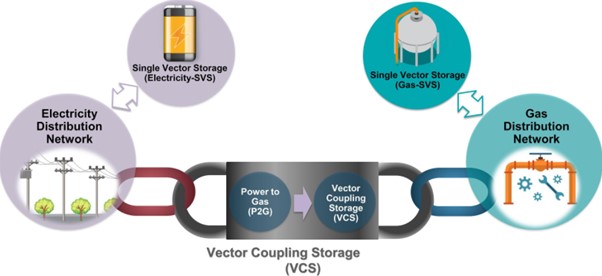
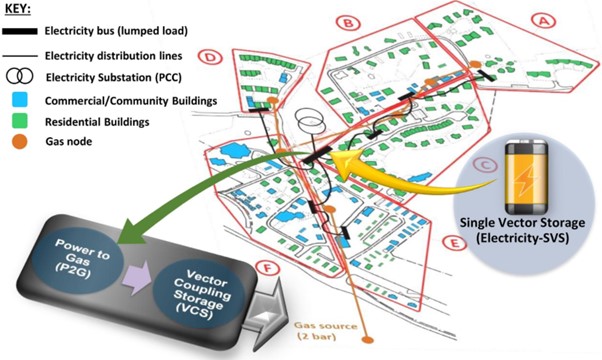
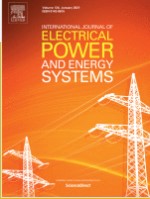


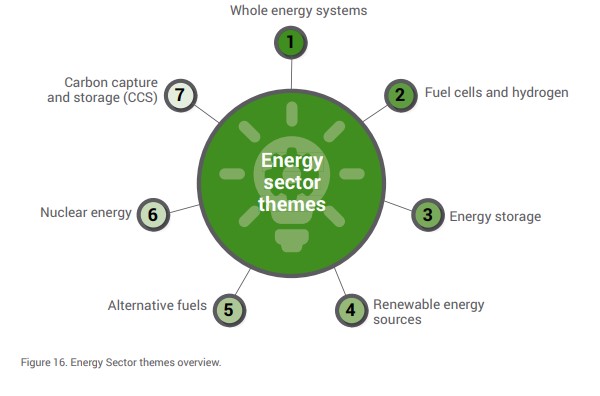
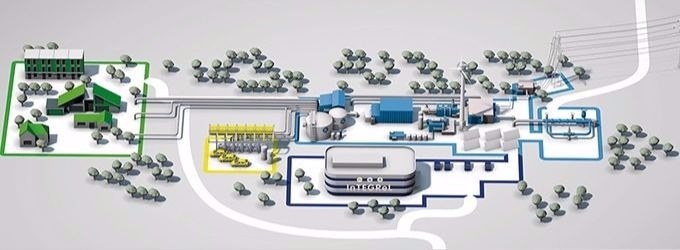


 Energy Systems Integration (CESI) and is based at Newcastle University.
Energy Systems Integration (CESI) and is based at Newcastle University.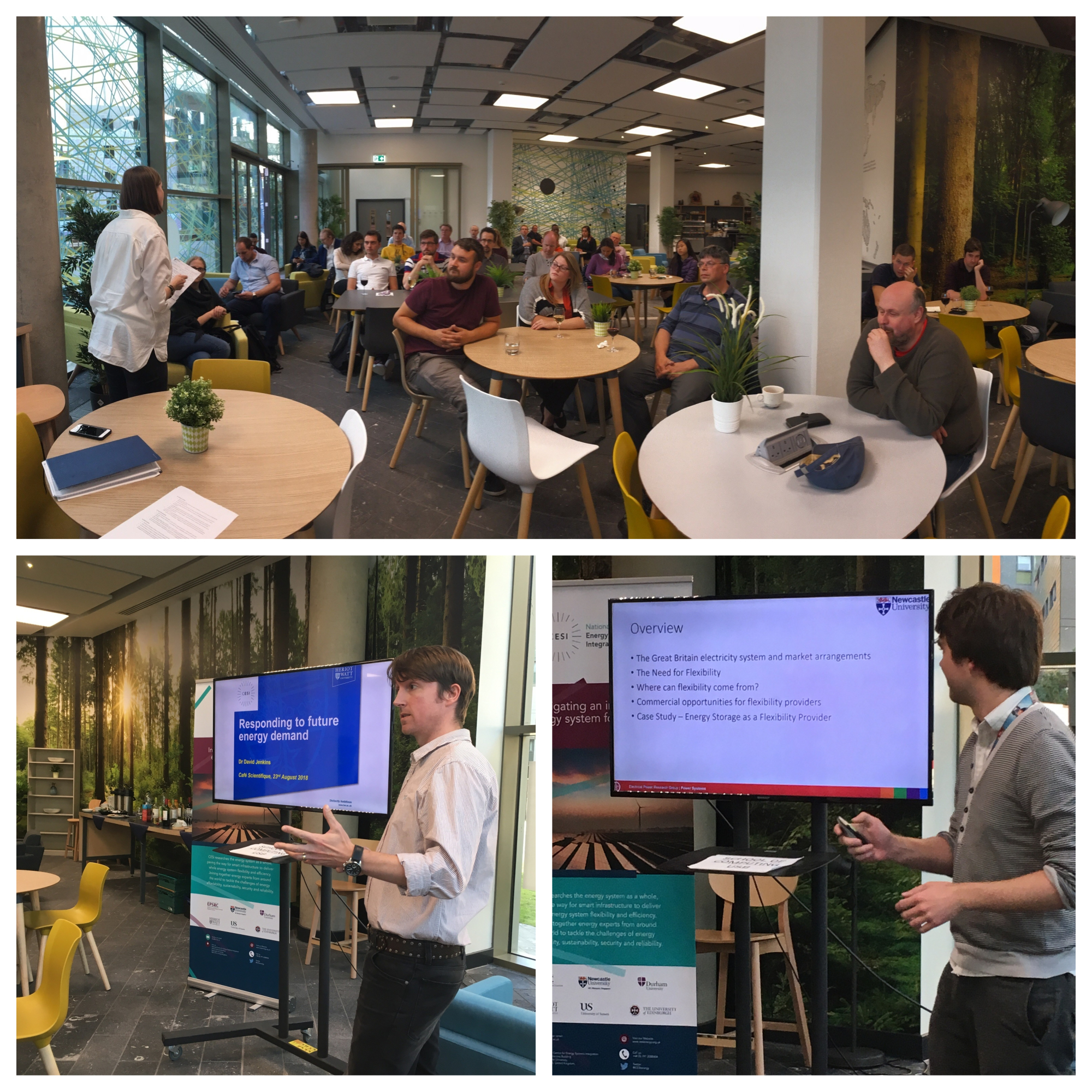
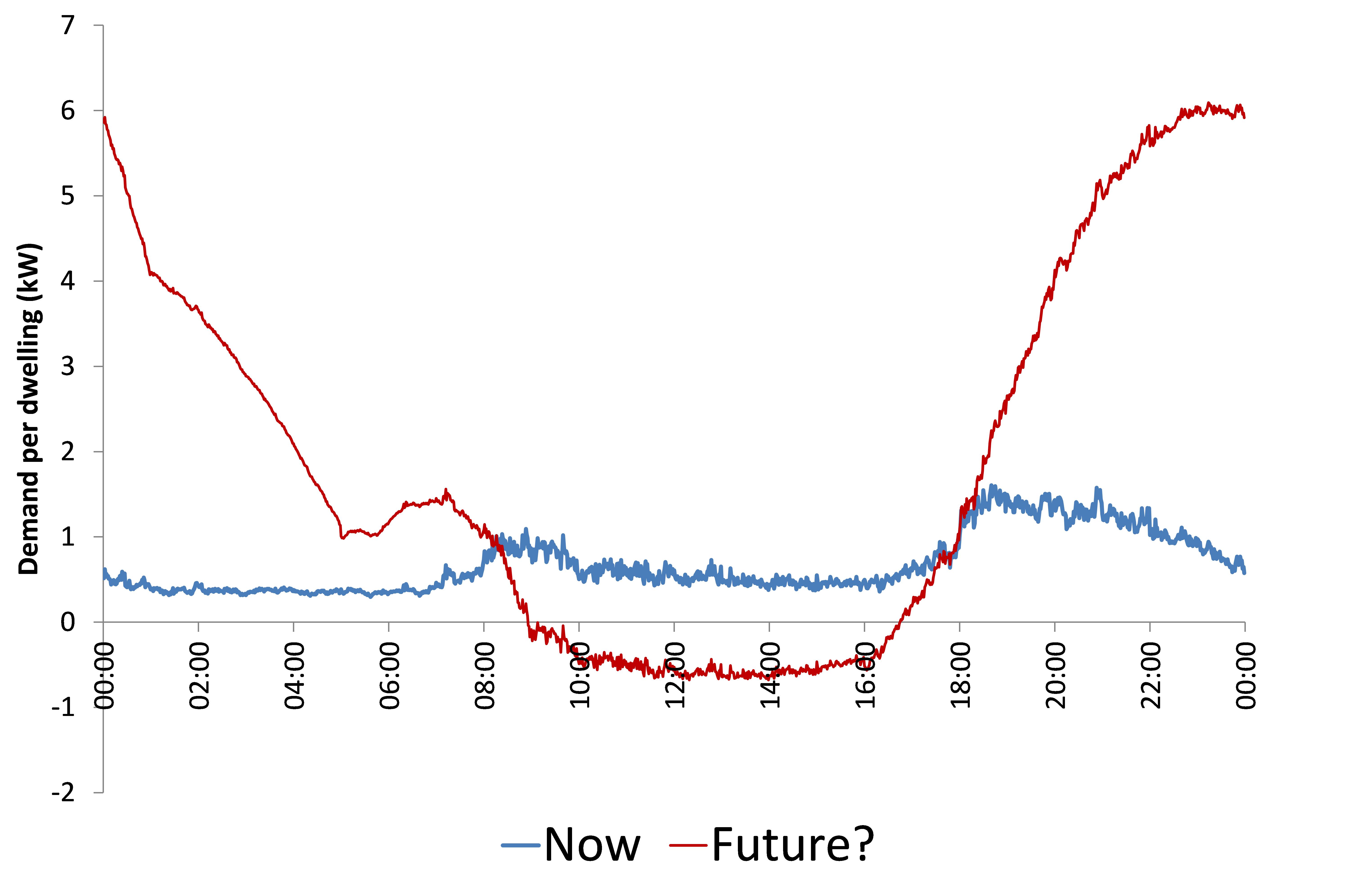
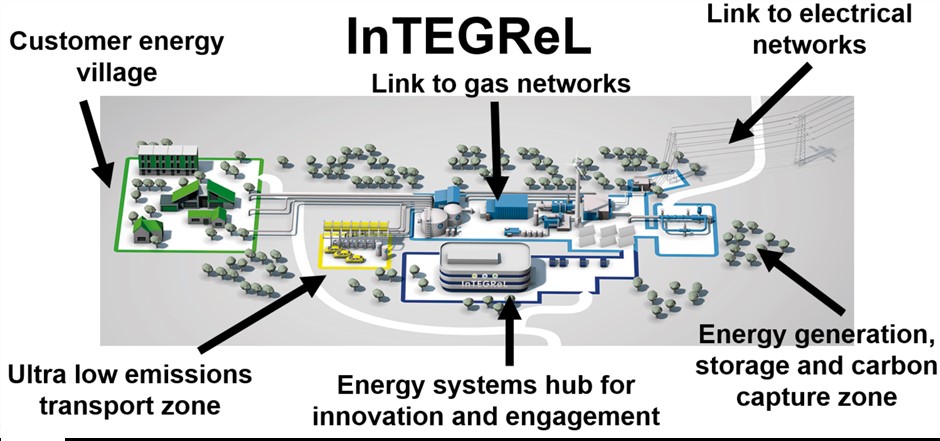
 Assistant Professor in the Department of Geography at Durham University and a Mid Career fellow in the Durham Energy Institute. She is Manager of BritGeothermal, a UK-based consortium focusing on deep geothermal research both in the UK and internationally.
Assistant Professor in the Department of Geography at Durham University and a Mid Career fellow in the Durham Energy Institute. She is Manager of BritGeothermal, a UK-based consortium focusing on deep geothermal research both in the UK and internationally.